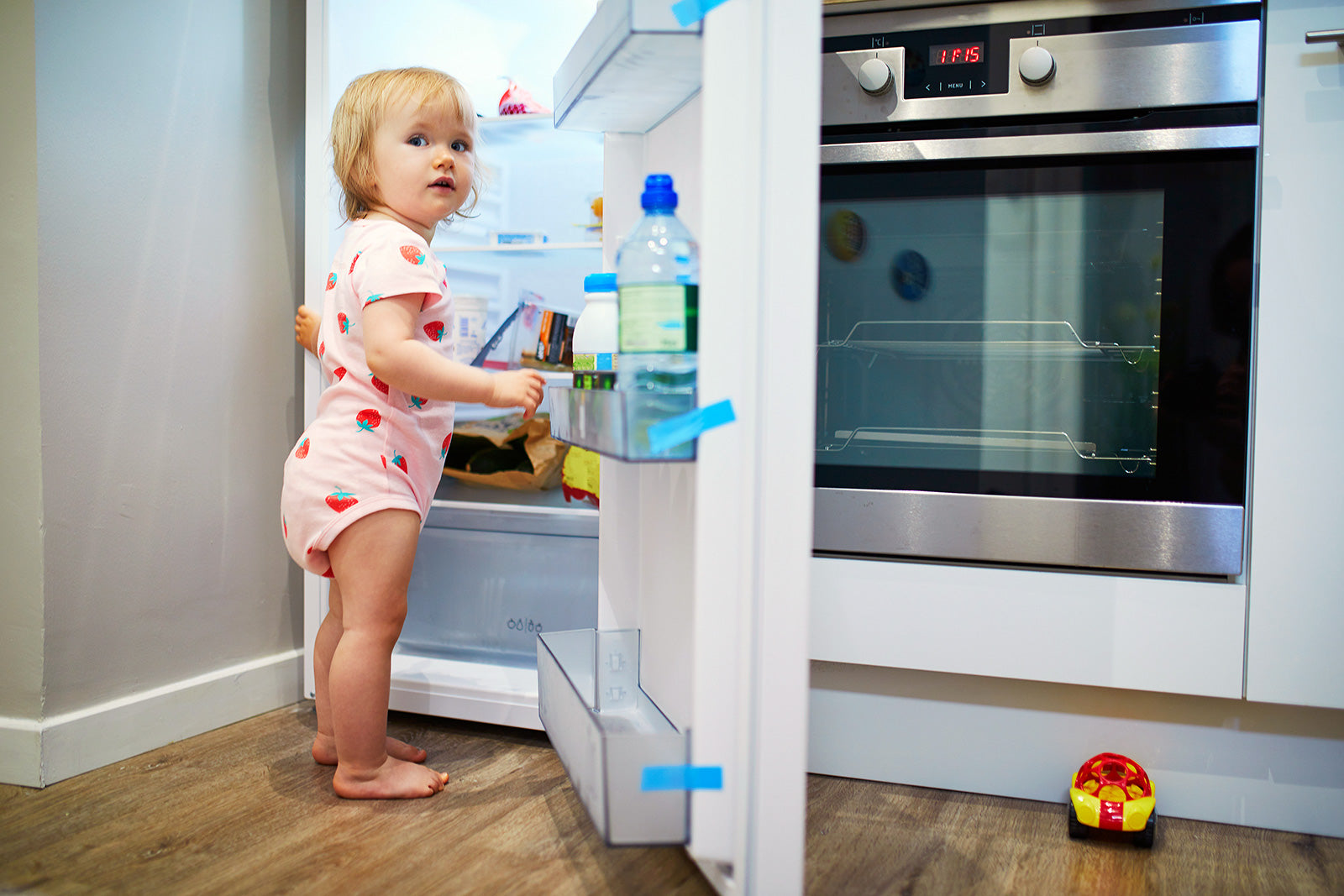How To Choose the Right Formula for Your Baby

Many families choose to use formula for their babies and should be able to do so without shame or blame. Some parents are unable to breastfeed their children, while others opt not to. But with so many options, you might wonder how to choose the right formula for your baby. Don’t worry - we’re going to help you navigate this choice!
The bökee supports feeding your baby however it works for you - breastfeeding, bottle feeding, or a combination of both. We know firsthand how challenging it is to navigate all the feeding options available and want to make it easier for you.
With the bökee, you have a helping hand for bottle prep as our unique tool holds the bottle still while you open, fill, and close it. Choose your favorite today!
Different Types of Formula
As you navigate formula feeding, part of the challenge is that so many choices exist.
- About 80% of all formulas have cow’s milk as their base. Heat treatment makes the proteins more digestible for infants.
- Soy-based formula options can work for babies who don’t tolerate cow’s milk. Doctors don’t recommend soy formula for preterm babies.
- Specialized formulas can address specific concerns that infants may face, such as severe allergies or being premature.

And on top of these differences, you also have to choose between powder, concentrate, and liquid options. It can be enough to make your head spin!
How To Choose the Right Formula for Your Baby
With such a variety of choices on the market, picking the best one for your child can feel overwhelming. This might be especially true if formula feeding wasn’t your first choice, adding an emotional component to the process.
But please remember, how to feed your child is a uniquely personal decision that shouldn’t involve any shame or feelings of inadequacy. And if formula is part of your feeding journey, here are some steps to choose the right one for your baby.
1. Ignore the marketing.
Baby formula is a multi-billion dollar industry, expected to reach nearly $6 billion by 2027. As you’d expect, the FDA-approved companies who sell in the US need to market themselves heavily to stay competitive.
For the most part, you can ignore marketing that claims a specific formula will ease fussiness or colic. And be cautious about nutritional and health claims, as well. Instead, use the next few steps to help you pick the best formula for your family’s needs.
2. Consider Cost

Overall, formula feeding is more expensive than breastfeeding, costing up to $2000 per year. So expense is a significant consideration when choosing a product. Unless your baby has specialized needs or known allergies, start with any formula that fits your budget.
Although concentrate and liquid formulas are very user-friendly, powdered formulas are more cost-effective. Many parents rely on powdered options most of the time and only use concentrate or liquid when traveling.
Another way to save money is using store brands rather than name brands. Both options must comply with FDA regulations for essential nutrition and safety, but store-brand formulas can be up to 50% less expensive.
Side note: Although formula feeding typically costs more than breastfeeding in the long run, it’s important to remember that breastfeeding isn’t totally “free.” Nursing bras, breast pads, pumps, and other costs exist here, too.
3. Gauge accessibility.
As the recent formula shortage has shown, having access to your chosen formula is crucial. During this crisis, families have suffered.

While we hope accessibility never plunges to those levels again, it’s important to consider what is available when choosing a formula for your baby. If you live in a rural area, you may have fewer choices close at hand. So opting for a common, easy-to-find formula is best, assuming it works for your child.
4. Start with cow’s milk formula if possible.
Because it’s the most common formula, cow’s milk options tend to be the least expensive and most readily available. Unless the doctor has advised against cow’s milk, it’s worth a try.
5. Avoid the switching game.
It’s common for parents to blame their baby’s formula for fussiness or colic. But more often than not, those issues are developmental. Barring an allergic reaction or other medical concern, sticking with your chosen formula is usually best. Switching products can actually increase fussiness for many babies.

If your baby seems particularly fussy after feedings but doesn’t show signs of an allergy, try some of these tips and tricks:
- Change to a slower-flow nipple on the bottle. This switch can help stop your infant from gulping too much air during feedings.
- Get an extra burp out of your little one. If they’ve swallowed a lot of air, they may need additional time to relieve the discomfort through burping.
- Stir the formula rather than shake it. Shaking the bottle can introduce more air bubbles that could lead to gassiness and fussiness for your baby.
- Change your baby’s position or scenery after feeding. Sometimes a simple shift like moving to a different room or lying down on the floor with your child can help alleviate fussiness.
6. Get help from lactation and medical experts.
Some situations, such as premature birth, warrant a more careful formula selection. Talk with your doctor or lactation consultant to choose the right formula for your baby in these circumstances.
Safety Tips For Using Formula

In most cases, the type of formula you choose for your baby is not critically important. However, knowing how to use it safely is. Here are some essential safety tips for formula feeding:
- Wash your hands before preparing the bottle.
- Be sure to sanitize bottles and nipples properly before using them.
- Follow the mixing and ratio instructions on the formula container. Diluted or overly-concentrated mixtures can be harmful to your child.
- Check your water source. In much of the US, tap water is great for mixing bottles, and there is no need to purchase anything special. Check with your pediatrician about the water in your area.
- You do not need to warm bottles for your baby, but many parents choose to do so. If you want to warm a bottle, don’t use a microwave. Instead, run the bottle under warm water for a bit.
- Follow expiration dates and formula storage guidelines to avoid introducing bacteria to your child’s feedings.
Whether you’re breastfeeding or formula feeding, having an “extra hand” to prepare bottles is a sanity saver! The bökee is that extra hand. It suctions to a smooth, flat surface and holds the bottle in place while you open, fill, and close it.
This tool lets you quickly prep a bottle while holding and soothing a hangry baby. And it helps avoid spills of your precious formula or breastmilk. Get one (or more!) for your home today.




